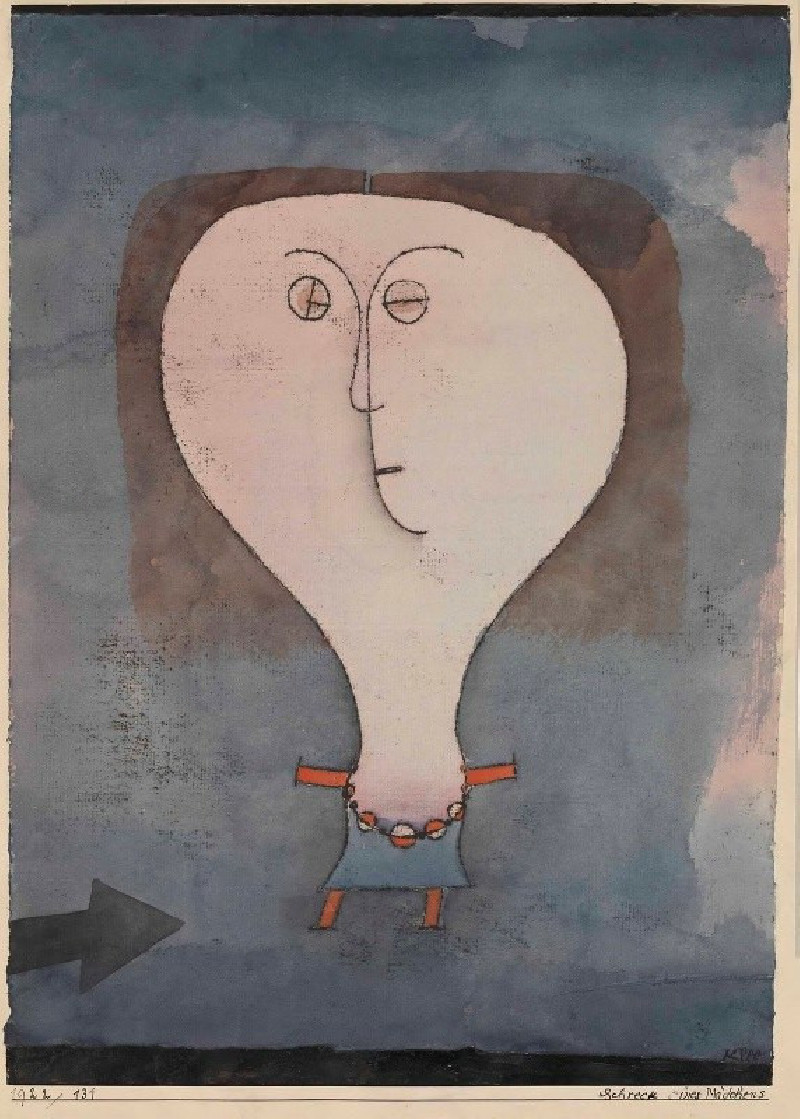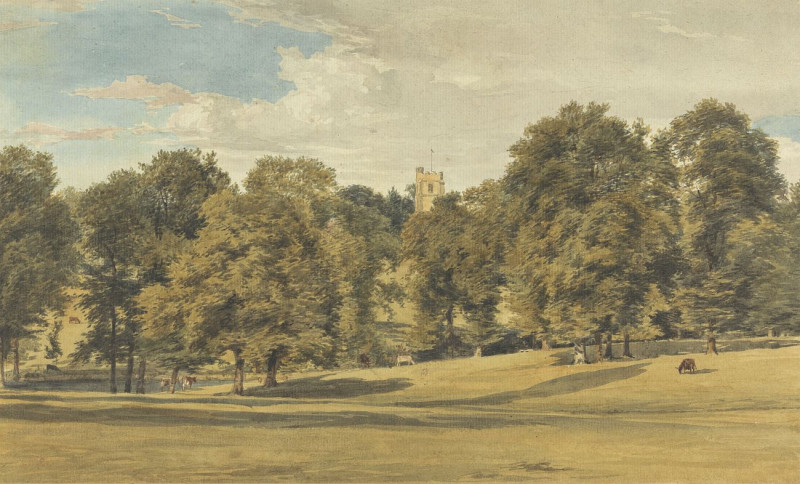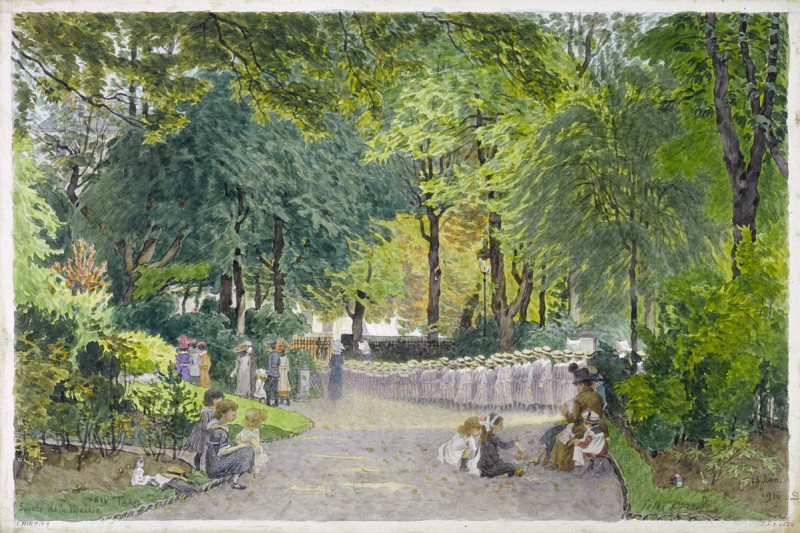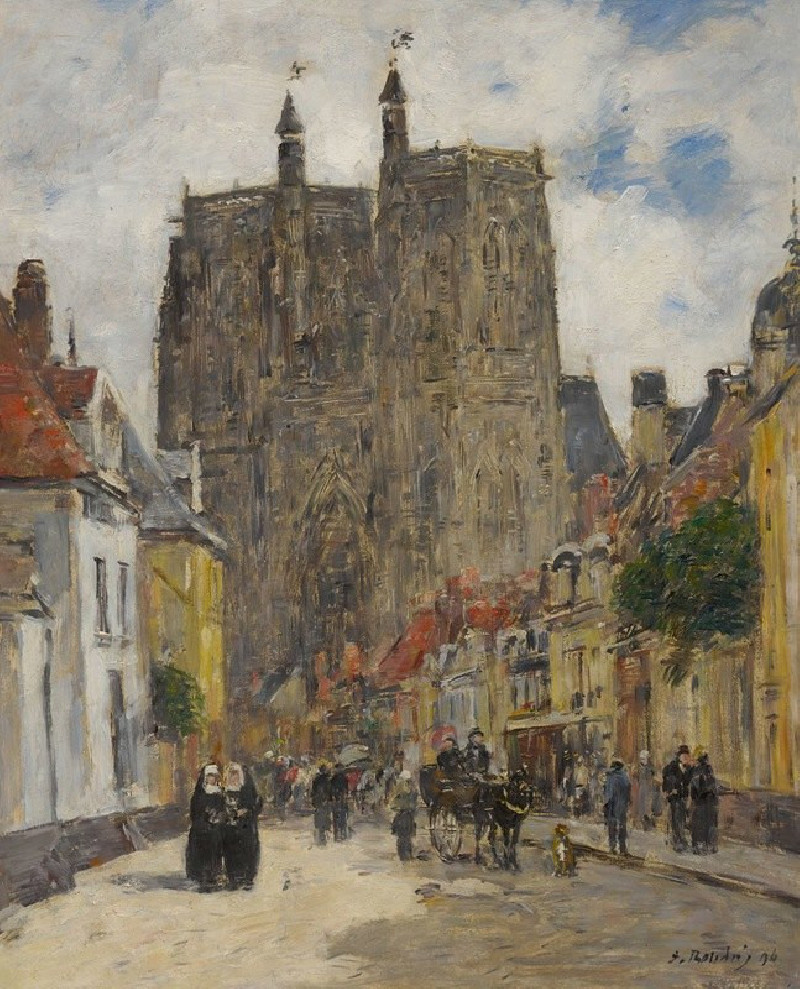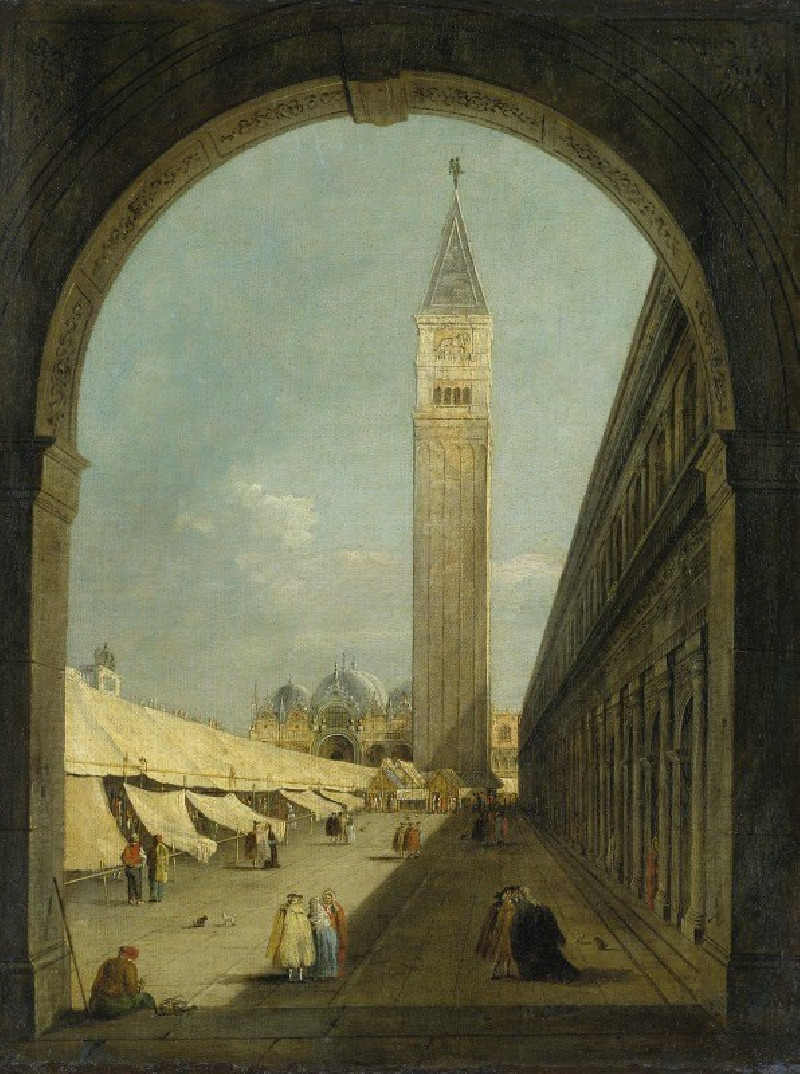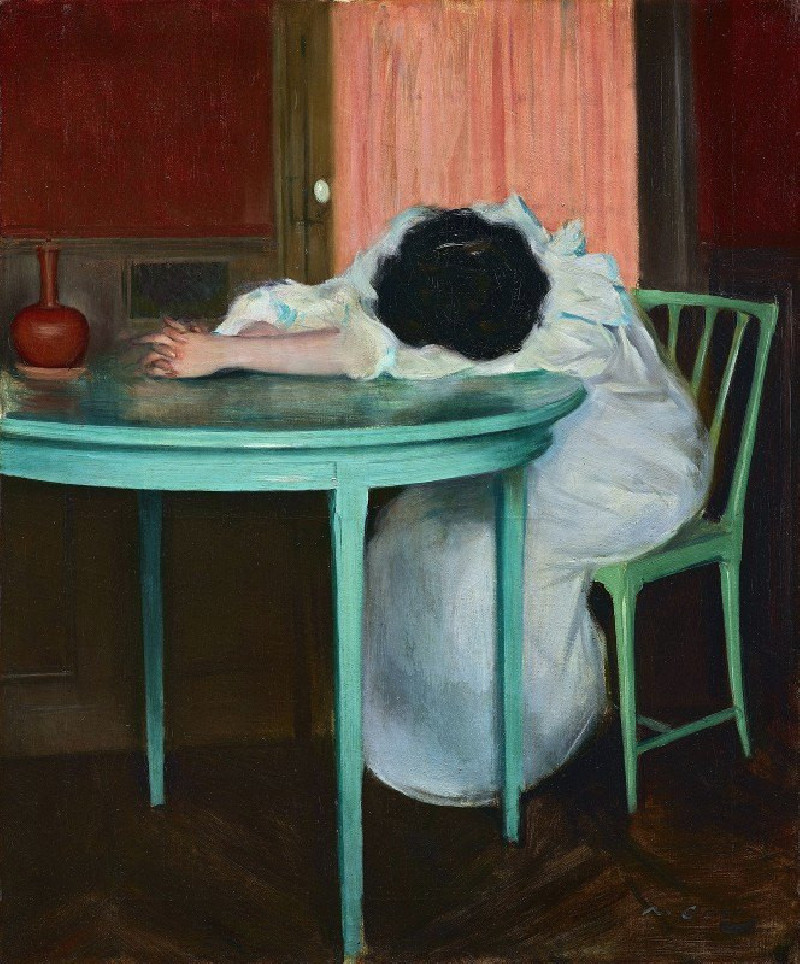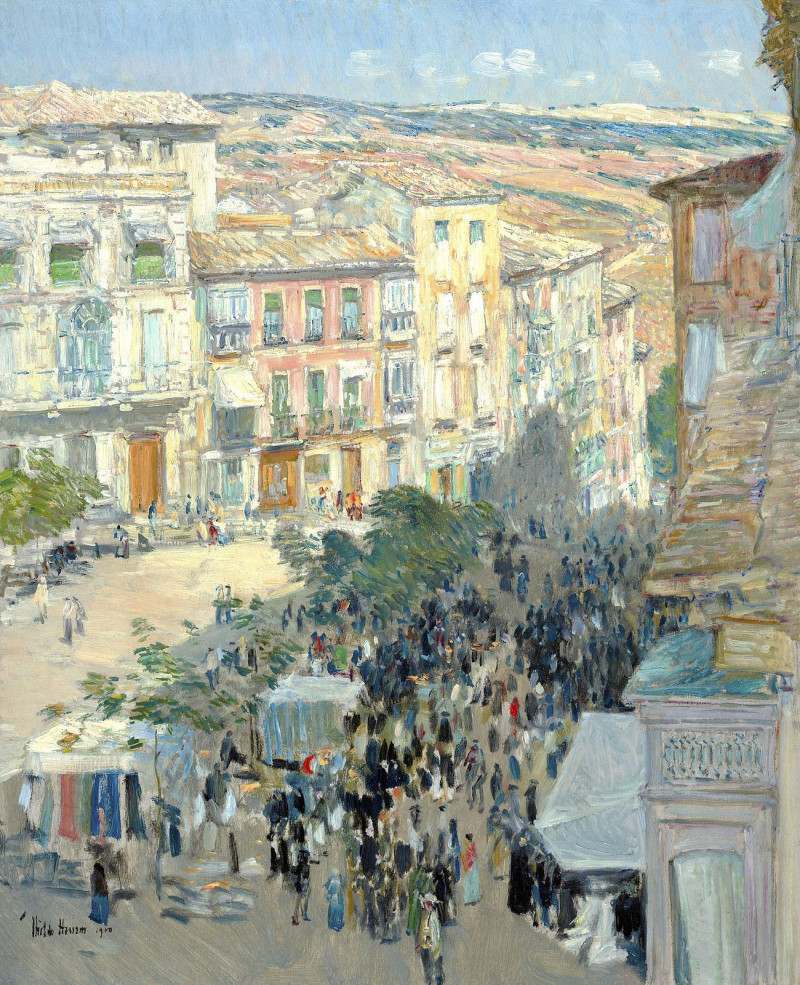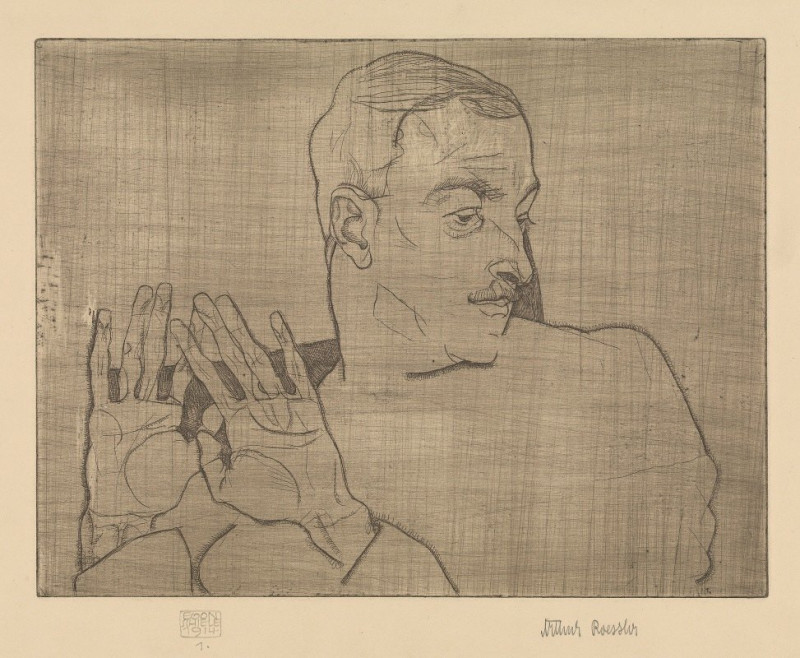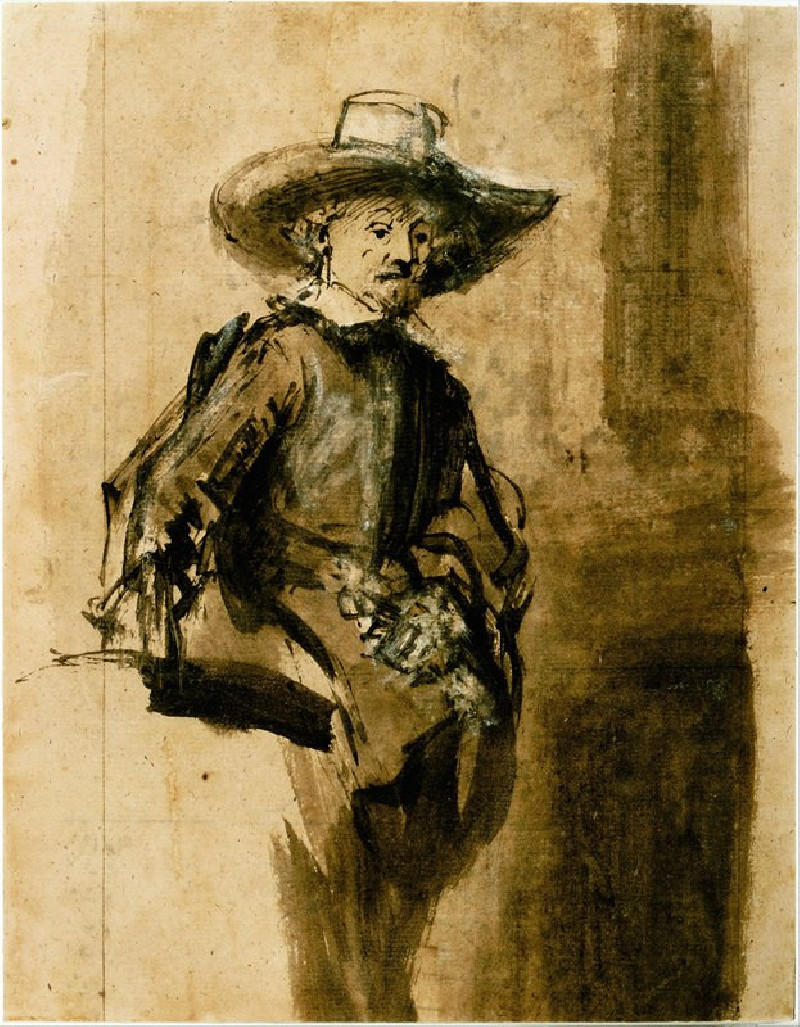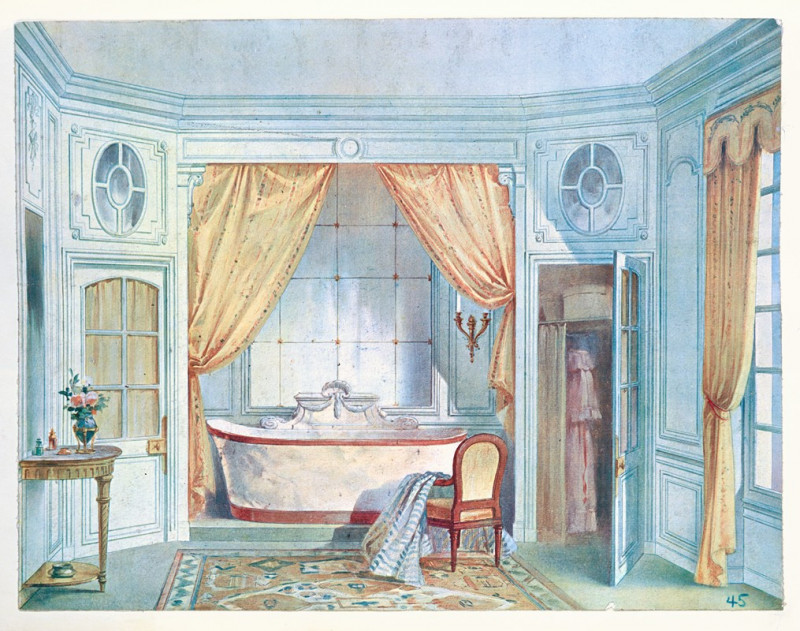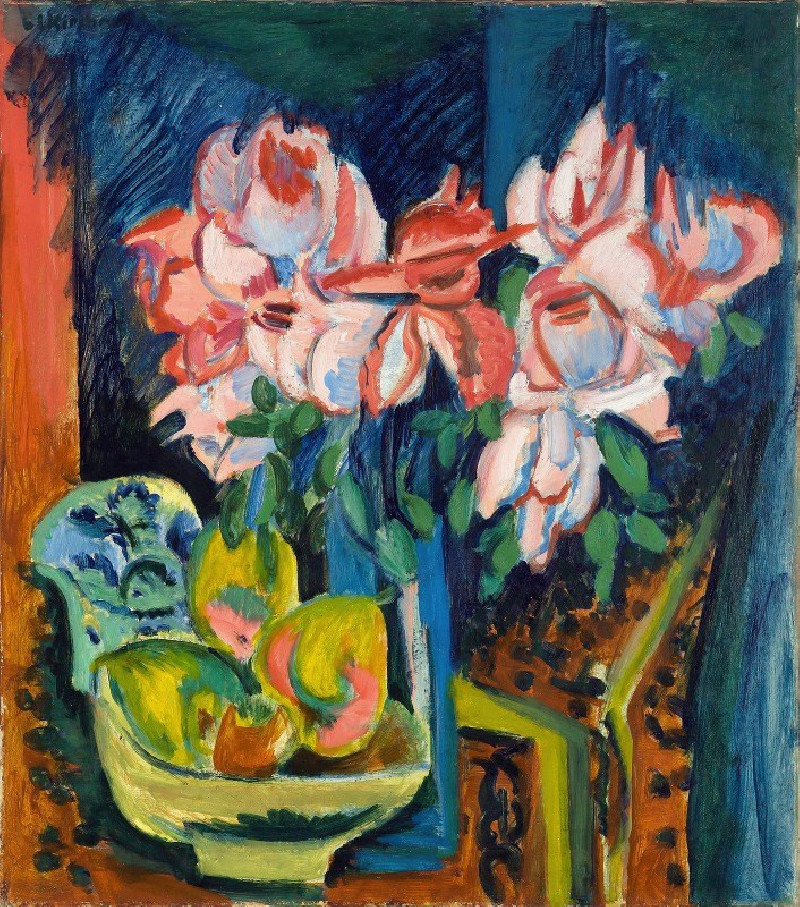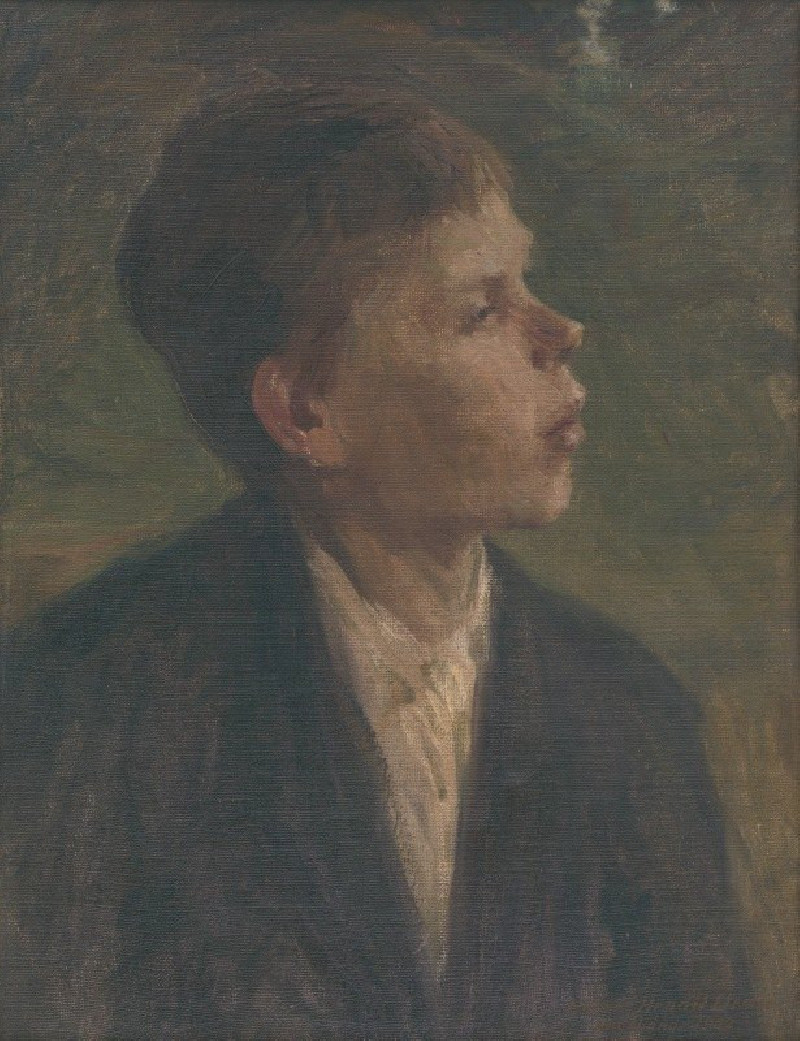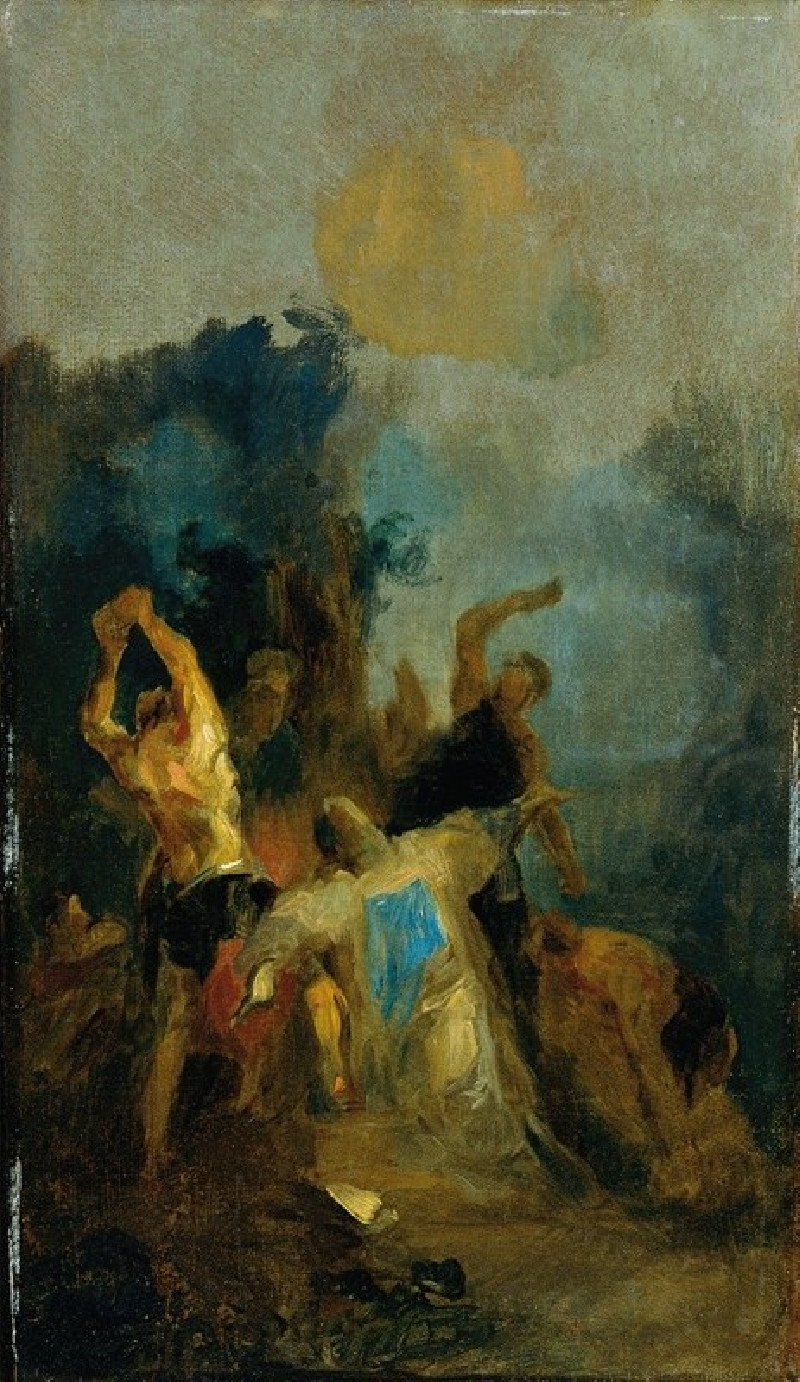Fright of a Girl (1922)
Technique: Giclée quality print
Recommended by our customers
More about this artwork
Paul Klee, a master of symbolism and expression, invites viewers into a dreamlike realm with his painting "Fright of a Girl". Created in 1922, this piece stands out for Klee’s distinctive abstract style, which seamlessly combines emotion with geometric abstraction.The painting depicts a stylized figure of a girl, her face abstractly rendered in soft neutrals against a somber blue backdrop. Her large, head-shaped face encompasses nearly the entire canvas, divided by a subtle line that could suggest a dual aspect of personality or emotion. The facial features are simplistic yet expressive, with two dark, circular eyes and a simple line for a nose, implying a direct and intense emotionality.Notably, the girl's body appears disproportionately small compared to her head, dressed in a blue frock detailed with orange elements and white circles that might symbolize innocence or youth. This contrast in proportion may reflect the overwhelming nature of her fright. The use of color in her attire against the darker shades of the background lends a stark vibrancy to the piece, highlighting the central figure effectively.Below the figure, an arrow is drawn, pointing leftwards, adding an element of direction or motion to the artwork. It might suggest a need to escape or the direction her thoughts or emotions are taking."Fright of a Girl" encapsulates Klee's talent in conveying complex human experiences through minimalist and abstract forms, inviting introspection about childhood, emotions, and the simplicity of form.
Delivery
Returns
Paul Klee was a Swiss-born German artist. His highly individual style was influenced by movements in art that included expressionism, cubism, and surrealism. Klee was a natural draftsman who experimented with and eventually deeply explored color theory, writing about it extensively; his lectures Writings on Form and Design Theory (Schriften zur Form und Gestaltungslehre), published in English as the Paul Klee Notebooks, are held to be as important for modern art as Leonardo da Vinci's A Treatise on Painting for the Renaissance.

